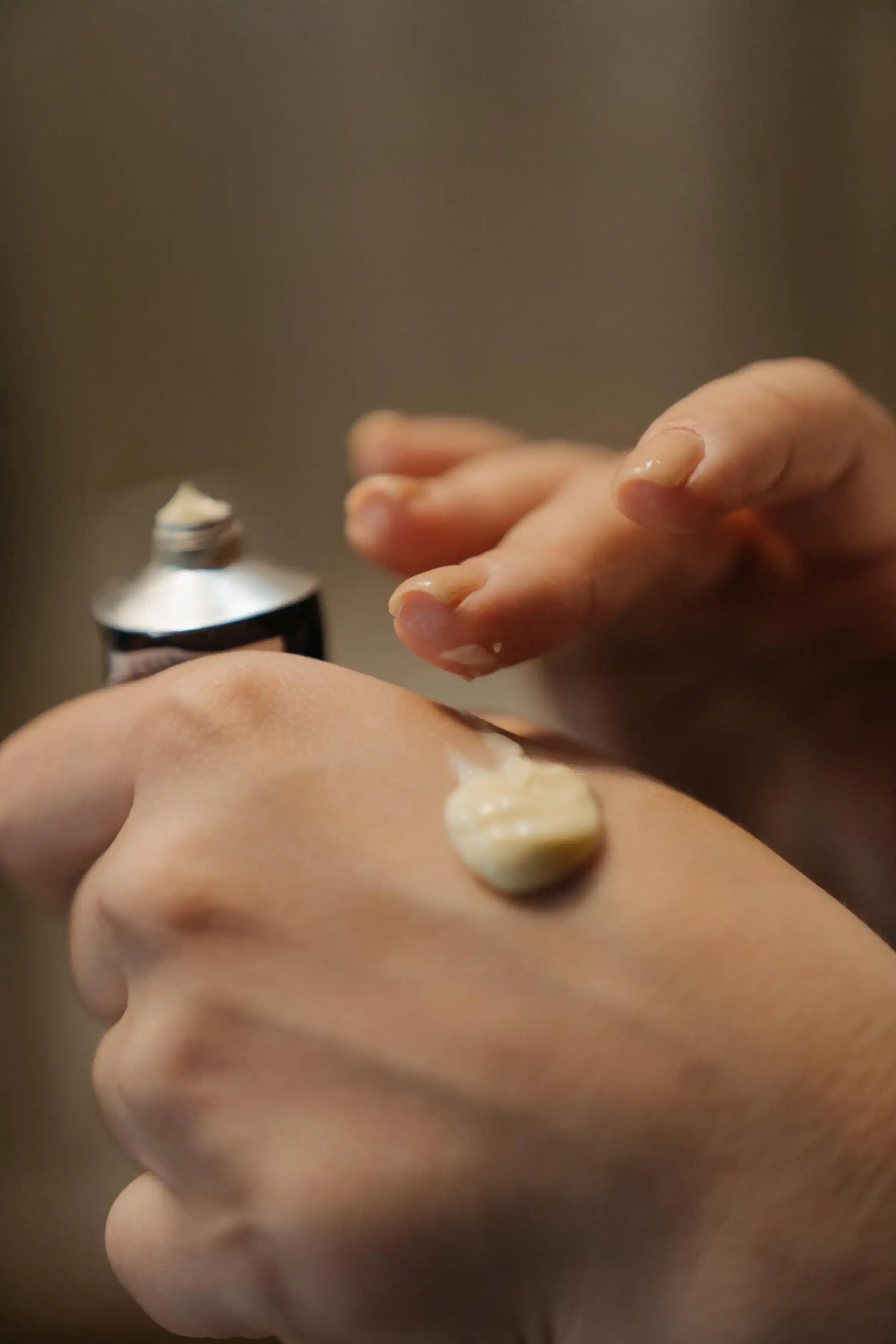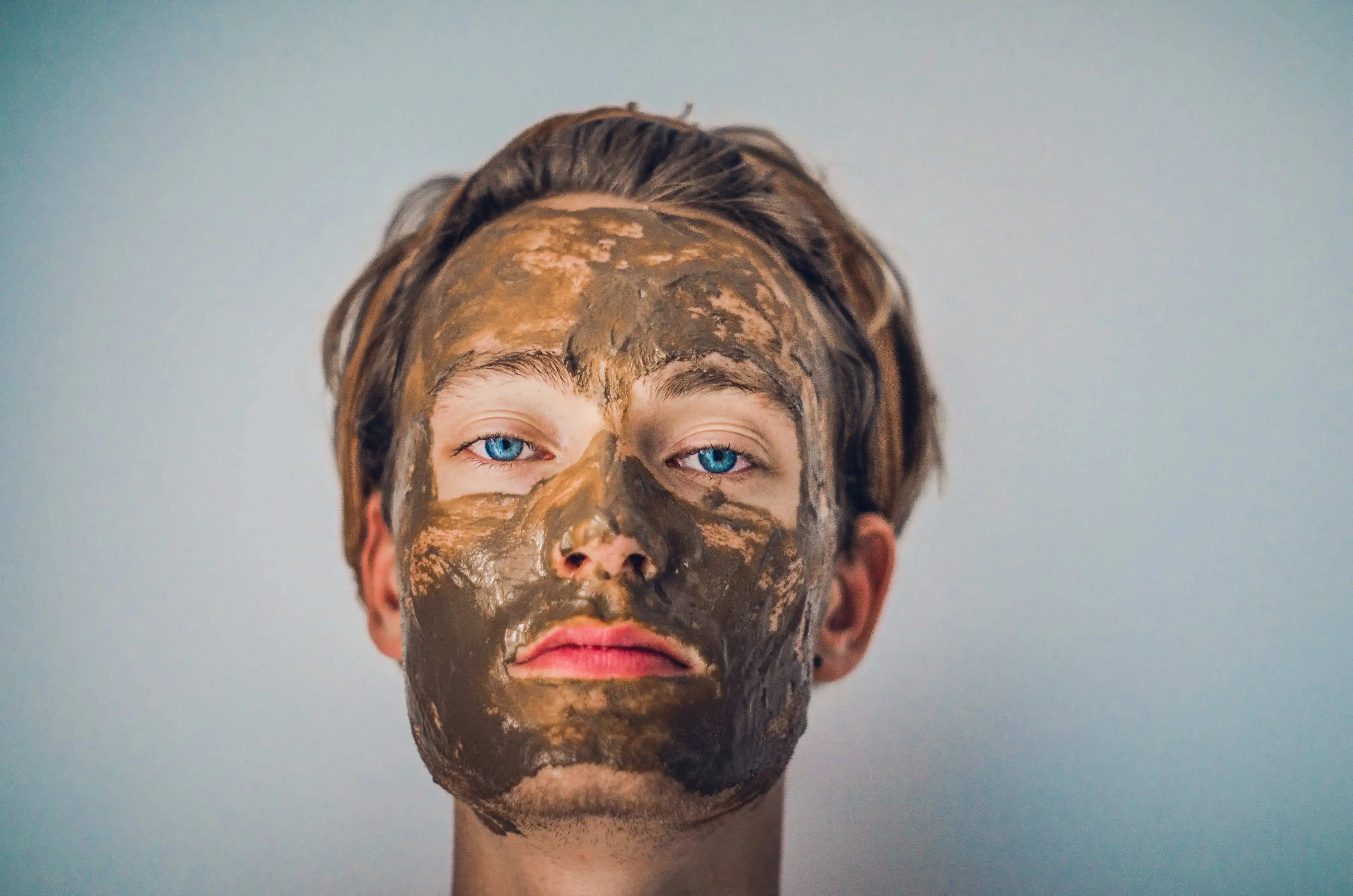Unlock the Secret to Sleek Strands: Tips for Managing Frizzy Hair in Any Weather

Frizzy hair can be a daily struggle, and weather conditions only seem to amplify the challenge. Whether it's the humid heat of summer or the dry chill of winter, taming frizz requires a strategic approach. In this guide, we'll explore practical tips and product recommendations to help you achieve smoother, more manageable hair in any weather condition.
Hydration is Key
Ensuring optimal hydration for your hair is an indispensable foundation in the quest for smoother, more manageable locks. Hydrated hair not only looks healthier but is also less prone to the unruly nature of frizz. Let's delve into the multifaceted realm of hair hydration, exploring the nuanced approaches that can transform your hair care routine and leave you with the lustrous mane you've always desired.
First and foremost, selecting the right shampoo and conditioner is pivotal. Opt for sulfate-free formulations, as sulfates can strip your hair of its natural oils, contributing to dryness and increased frizz. Look for products that boast hydrating ingredients such as aloe vera, glycerin, or hyaluronic acid, as these work wonders in locking in moisture and promoting a well-hydrated hair shaft.
Taking the concept of hydration a step further involves incorporating weekly deep conditioning treatments into your hair care regimen. These treatments go beyond the surface, penetrating the hair cuticle to nourish and repair. Seek out products enriched with powerhouse ingredients like argan oil, shea butter, or keratin, all of which possess the ability to restore moisture, strengthen the hair, and combat frizz at its source.
Moreover, the temperature of the water used during your hair cleansing routine plays a pivotal role in maintaining optimal hydration levels. Hot water may be relaxing, but it can strip your hair of its essential oils, leaving it parched and prone to frizz. Instead, opt for lukewarm or cool water when washing your hair, and finish with a cold water rinse to seal the hair cuticle, enhancing its ability to retain moisture.
Consider the way you dry your hair after washing, as this too impacts its hydration. Vigorous towel drying can create friction, leading to frizz. To counter this, adopt a gentler approach by patting your hair dry with a microfiber towel or an old cotton t-shirt. This method absorbs excess water without compromising the integrity of the hair shaft, preserving its hydration.
In essence, hydration is not just a single-step process but a holistic commitment to nurturing your hair at every stage of your routine. From the choice of cleansing products to the temperature of the water and the method of drying, each step contributes to the overall hydration status of your hair. By embracing a comprehensive approach, you empower your hair to resist the temptation of frizz, unveiling a smoother and more radiant mane.
Heat Styling with Caution
Employing caution when it comes to heat styling is an imperative aspect of maintaining the health and vibrancy of your hair. Subjecting your locks to excessive heat can result in damage, leading to frizz and a compromised overall appearance.
First and foremost, the foundation of heat styling begins with the selection of an appropriate heat protectant. This crucial step creates a protective barrier, shielding your hair from the direct impact of heat styling tools. Opt for a high-quality heat protectant spray or serum that suits your hair type, ensuring that it contains ingredients capable of forming a shield against the intense temperatures of styling tools.
Consider the temperature settings on your styling tools as a crucial factor in mitigating heat-related damage. High temperatures may expedite the styling process, but they can also lead to hair dehydration, increased porosity, and, subsequently, frizz. Instead, opt for lower heat settings and gradually increase the temperature as needed. This mindful approach minimizes the risk of heat-induced damage, allowing you to achieve your desired style without compromising your hair's integrity.
Furthermore, embracing your hair's natural texture on certain occasions can be a liberating choice. Give your hair occasional breaks from heat styling, allowing it to recover and regain its natural vibrancy. Experiment with no-heat hairstyles, such as braids, twists, or buns, to diversify your look while providing your hair with the rest it deserves.
When engaging in heat styling, it's essential to move the styling tool continuously to prevent prolonged exposure to specific sections of hair. This constant movement distributes the heat evenly, reducing the likelihood of localized damage. Additionally, avoid going over the same section of hair repeatedly, as this can contribute to unnecessary stress and potential frizz.
Investing in high-quality heat styling tools with advanced technology is another key consideration. Modern tools often come equipped with features like ceramic or tourmaline plates, which distribute heat more evenly and reduce the risk of hot spots. These advancements not only enhance the efficiency of styling but also minimize the potential for damage.
Anti-Frizz Styling Products
Embarking on the journey to combat frizz is often accompanied by a quest for the perfect anti-frizz styling products. These products are more than mere solutions; they are allies in the battle for sleek, smooth locks. Let's delve deeper into the expansive world of anti-frizz styling products, exploring an array of formulations, ingredients, and application techniques that promise to transform your hair care routine into a frizz-fighting haven.
To begin our exploration, let's discuss the multifaceted world of anti-frizz serums. These lightweight formulations are designed to coat the hair shaft, creating a protective barrier against external elements that trigger frizz. Look for serums containing ingredients such as silicone, argan oil, or glycerin, as these work synergistically to seal the cuticle, repel humidity, and impart a glossy finish. Applying a small amount evenly through damp or dry hair ensures that the product is distributed uniformly, providing maximum frizz-fighting benefits.
Moving on, anti-frizz creams offer a more substantial, yet equally effective, approach to taming unruly hair. Formulated with a blend of moisturizing agents, these creams not only combat frizz but also nourish the hair, leaving it soft and manageable. Opt for a cream with ingredients like shea butter, coconut oil, or keratin, as these not only address frizz at its source but also promote overall hair health. Distribute the cream evenly through towel-dried hair, focusing on the mid-lengths to ends, and style as desired for a sleek, polished finish.
Mousses have also earned their place in the anti-frizz arsenal. Unlike heavier creams or serums, mousses are lightweight and provide volume while maintaining control over frizz. Look for a mousse that is alcohol-free to prevent drying, and consider options with added conditioning agents. Applying a golf ball-sized amount through damp hair, from roots to tips, ensures even distribution and optimal frizz control.
Enter the world of leave-in conditioners – a versatile category of anti-frizz products that hydrate, detangle, and provide ongoing protection. These products often contain a blend of nourishing oils, vitamins, and proteins, contributing to long-lasting frizz resistance. Spritzing or applying a small amount of leave-in conditioner to damp hair allows for effortless distribution, and for added benefit, choose a product with thermal protection if you plan on heat styling.
For those who prefer a more natural approach, consider exploring anti-frizz products with botanical extracts and essential oils. Ingredients such as aloe vera, chamomile, or lavender not only add a pleasant fragrance but also contribute to the calming and smoothing effects on the hair. These natural formulations often work in harmony with your hair's inherent moisture balance, making them a gentle yet effective option for frizz control.
In the pursuit of the perfect anti-frizz product, it's essential to acknowledge the significance of trial and error. Each individual's hair type, texture, and environment play a role in product efficacy. Experiment with different formulations and combinations to discover what works best for your unique needs. Remember, the key to successful anti-frizz styling lies not just in the product itself but in the understanding of your hair's specific requirements and the adoption of a personalized application routine.
Weather-Specific Product Choices
Tailoring your hair care routine to specific weather conditions is a nuanced yet essential aspect of managing frizz and maintaining the health and beauty of your locks. The ever-changing atmospheric elements, from humid summers to dry winters, necessitate a thoughtful selection of weather-specific products. Let's delve into the intricacies of this approach, exploring a comprehensive range of formulations and strategies that cater to the diverse challenges posed by various climates.
In the sizzling heat of summer, when humidity levels skyrocket, combating frizz becomes a primary concern. Enter anti-humidity products, specially formulated to shield your hair from excess moisture in the air. These products often contain polymers that create a protective barrier, preventing humidity from penetrating the hair shaft and causing frizz. Opt for lightweight serums or sprays that won't weigh down your hair, applying them before styling to ensure all-day frizz resistance. Additionally, consider incorporating a hydrating mist into your routine, as these products not only combat frizz but also provide a refreshing burst of moisture, keeping your locks vibrant and resilient.
As autumn transitions into winter, the air becomes drier, and static electricity becomes a common culprit for frizz. To counteract this, focus on hydrating products that replenish moisture and minimize static buildup. Deep conditioning treatments with ingredients like argan oil, jojoba oil, or hyaluronic acid work wonders in restoring the natural balance of your hair. In addition to your regular conditioner, consider incorporating a weekly hair mask into your routine for an extra dose of hydration. These intensive treatments penetrate the hair shaft, repairing damage and creating a protective barrier against the harsh, drying effects of winter weather.
Springtime brings its own set of challenges, with fluctuating temperatures and occasional rain showers. Weather-resistant styling products are key during this transitional season. Opt for a versatile styling spray that provides both hold and protection against environmental elements. These products often contain polymers that shield your hair from moisture without sacrificing style. Consider experimenting with a variety of styling products such as mousses or foams, which not only offer frizz control but also add volume and texture to your hair. A texturizing spray is another valuable addition to your springtime arsenal, as it enhances the natural movement of your hair while keeping frizz at bay.
In the crisp chill of winter, the cold air can sap moisture from your hair, leaving it prone to frizz and breakage. Hydrating shampoos and conditioners designed for winter use can make a significant difference. Look for formulations with ingredients like shea butter, glycerin, or keratin, which provide deep hydration and nourishment. Adding a leave-in conditioner to your routine during the winter months creates an additional protective layer, locking in moisture and minimizing frizz throughout the day.
Moreover, investing in a good quality hair oil can be a game-changer in colder weather. Applying a few drops of a nourishing hair oil, such as argan oil or coconut oil, before styling or as a finishing touch, can add shine, smoothness, and an extra layer of protection against winter dryness.
Silk or Satin Pillowcases
Investing in silk or satin pillowcases is not just a luxury; it's a deliberate choice that can significantly impact the health and appearance of your hair. The smooth, friction-reducing surface of these pillowcases goes beyond providing a soft sleeping experience; it contributes to the overall well-being of your locks. Let's delve into the myriad benefits of using silk or satin pillowcases, exploring their impact on hair health, skin, and the overall quality of your sleep.
To begin with, the surface of silk or satin pillowcases is exceptionally gentle on hair strands. Unlike traditional cotton pillowcases, which can cause friction and result in hair breakage and frizz, the silky smoothness of these materials minimizes tangling and helps retain your hair's natural moisture. This reduction in friction is particularly beneficial for individuals with textured or curly hair, as it preserves the integrity of the hair cuticle, reducing the risk of split ends and promoting a smoother, shinier appearance.
Moreover, silk and satin pillowcases are known for their hypoallergenic properties. The tightly woven fibers create a less hospitable environment for dust mites and other allergens, making them an excellent choice for those with sensitive skin or allergies. This can contribute to a cleaner sleeping environment, promoting not only hair health but also overall skin well-being.
Conclusion
Managing frizzy hair is a common challenge, but with the right tips and products, you can keep your locks looking sleek and smooth in any weather condition. Remember to tailor your hair care routine to the unique needs of your hair, and don't be afraid to experiment with different products and techniques until you find the perfect combination for your frizz-fighting arsenal.


